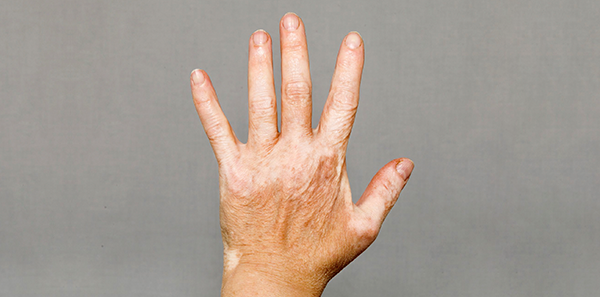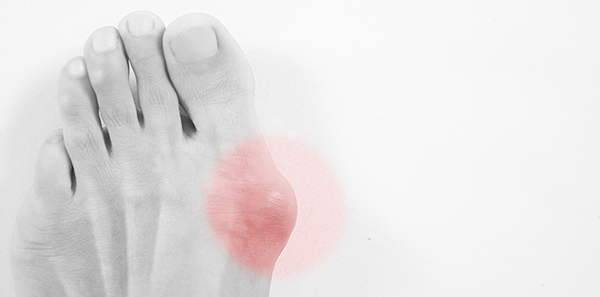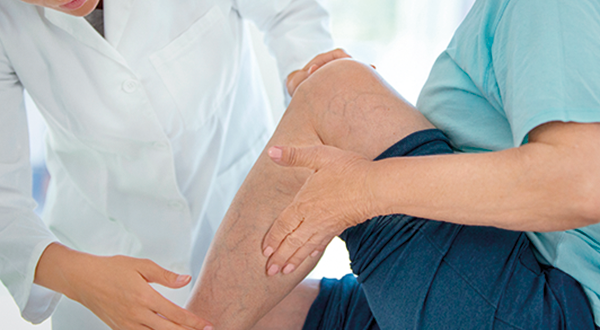
VITILIGO is a skin disease caused by localised hypopigmentation. They are “white” lesions caused by the absence of pigmentation due to the lack of pigment cells (melanocytes).
Although it’s not known why this happens, a genetic predisposition (hereditary or not) and an immune system reaction are suspected. The immune system produces antibodies that destroy melanocytes in certain areas of the skin as a result of a triggering reaction (stress, hormonal changes, burns, wounds, etc.). It’s often associated with other autoimmune diseases, such as type 1 Diabetes M., Hashimoto’s thyroiditis, Psoriasis, Celiac disease, etc.).
There are basically two types of vitiligo:
- Non-segmental Vitiligo. This is the most frequent form of vitiligo. Acrofacial (face, head, hands and feet), Mucous (oral and genital), Generalised or Common.
- Segmental Vitiligo. Less frequent, affecting one side of the body, it can also affect the hair. Develops in 3-6 months and then stabilizes.
They are non-contagious lesions and their most significant consequences are of an aesthetic and psychosocial kind.
There is no definitive treatment. Steroid creams or oral steroids (dexamethasone) are used. Current treatment involves ultraviolet radiation associated with immunosuppressant drugs. Surgical techniques may be used in Segmental Vitiligo.












